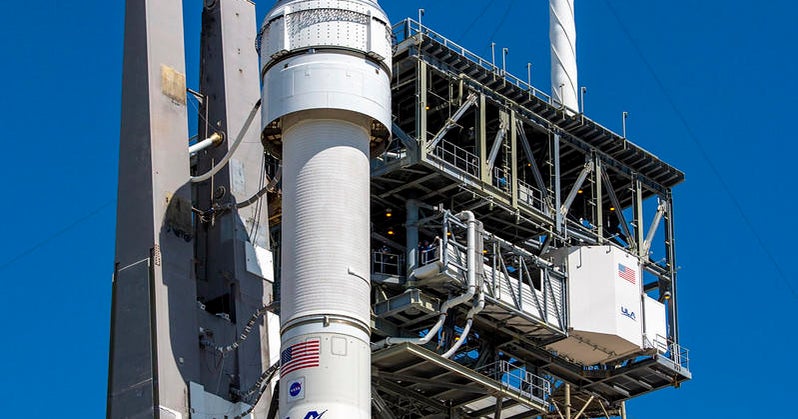NASA’s “Artemis Program” aims to be the first woman to land on the moonDozens of space agencies and private companies are currently planning missions to the Moon. Each mission has its own purpose, but Ian Crawford, professor of planetary science and astrobiology at Birkbeck, University of London, argues that science would certainly benefit greatly from these activities.
Building telescopes on the Moon could transform astronomy — and it’s becoming an achievable goal
https://theconversation.com/building-telescopes-on-the-moon-could-transform-astronomy-and-its-becoming-an-achievable-goal-203308
The moon is an educational material that teaches us about the origin and evolution of the solar system, and at the same time it has scientific value as a platform for observational astronomy.
The moon always keeps the same side facing the earth. It can be said that the far side of the Moon is obscured from radio waves emitted by humans on Earth, making it an ideal location for radio astronomy.
Radio waves are a type of electromagnetic energy similar to infrared, ultraviolet, and visible light. Radio waves with a wavelength of 15 meters or more are blocked by the Earth’s ionosphere, but they reach the surface of the Moon without problems. For astronomy, this wavelength range is the last unexplored region, suitable for study from the back of the Moon.
The study of observing the universe at this wavelength is called “low-frequency radio astronomy,” and it appears that it can explore the structure of the “Dark Age” before the birth of the galaxy. During the Dark Ages, most of the matter in the universe, with the exception of the mysterious “dark matter”, was in the form of neutral hydrogen atoms, which emit radiation with a wavelength of 21 cm (line 21 cm) has the property of release and absorption. Using this property, radio astronomers studied clouds of hydrogen in the Milky Way. With the expansion of the universe, signals from hydrogen in the early universe are now in wavelengths greater than 10 m, and the far side of the moon may be the only place where they can be studied.
Also, radio waves from the magnetospheres of exoplanets have wavelengths greater than 100 meters, so observations require a quiet environment for radio waves, and the far side of the Moon is also the best place for this.
NASA aims to land on the back side of the Moon in 2026 with the ‘LuSEE-Night’ mission, which sends a robotic radio telescope to the back side of the Moon for observation, and if the mission is successful, the possibility of observation will become apparent. more.
In addition, since there are craters in the moon’s polar regions that are not exposed to sunlight, it may be possible to easily operate telescopes observing the universe with infrared radiation exposed to heat. Cool, stable craters may also favor the detection of gravitational waves. Also, because of the moon’s lower gravity, it may be possible to build telescopes much larger than the satellites that carry them. Of these points, astronomer Jean-Pierre Maillard said, “The future of infrared astronomy is the moon.”
Moreover, the Moon has been exposed to solar winds and galactic cosmic rays for billions of years, and studying the Moon’s surface record may tell us about the evolution of the Sun and the Milky Way.
Crawford argues that astronomy will benefit from a “renaissance of lunar exploration” in this decade.
However, human activity on the far side of the Moon would cause unnecessary radio interference, and plans to collect water ice from craters could conflict with astronomical purposes. For this reason, says Mr. Crawford, we need to ensure that the site of unique value to astronomy is protected for the new age of lunar exploration.
Copy the title and URL of this article

“Travel maven. Beer expert. Subtly charming alcohol fan. Internet junkie. Avid bacon scholar.”









More Stories
32GB + Ryzen7 ThinkPad E14 for 128,700 yen! An expensive but extraordinarily profitable blog |
In a fight between mantis shrimps, we discover a surprising defense method that puts boxers to shame! – Nazology
Press release of Shenzhen iMyFone Technology Co., Ltd